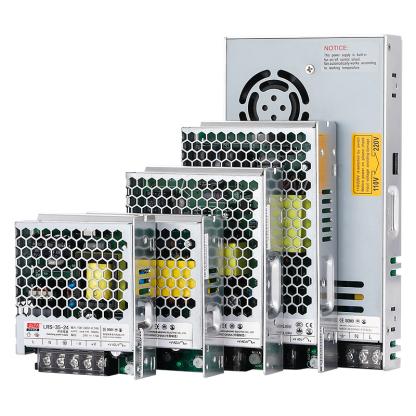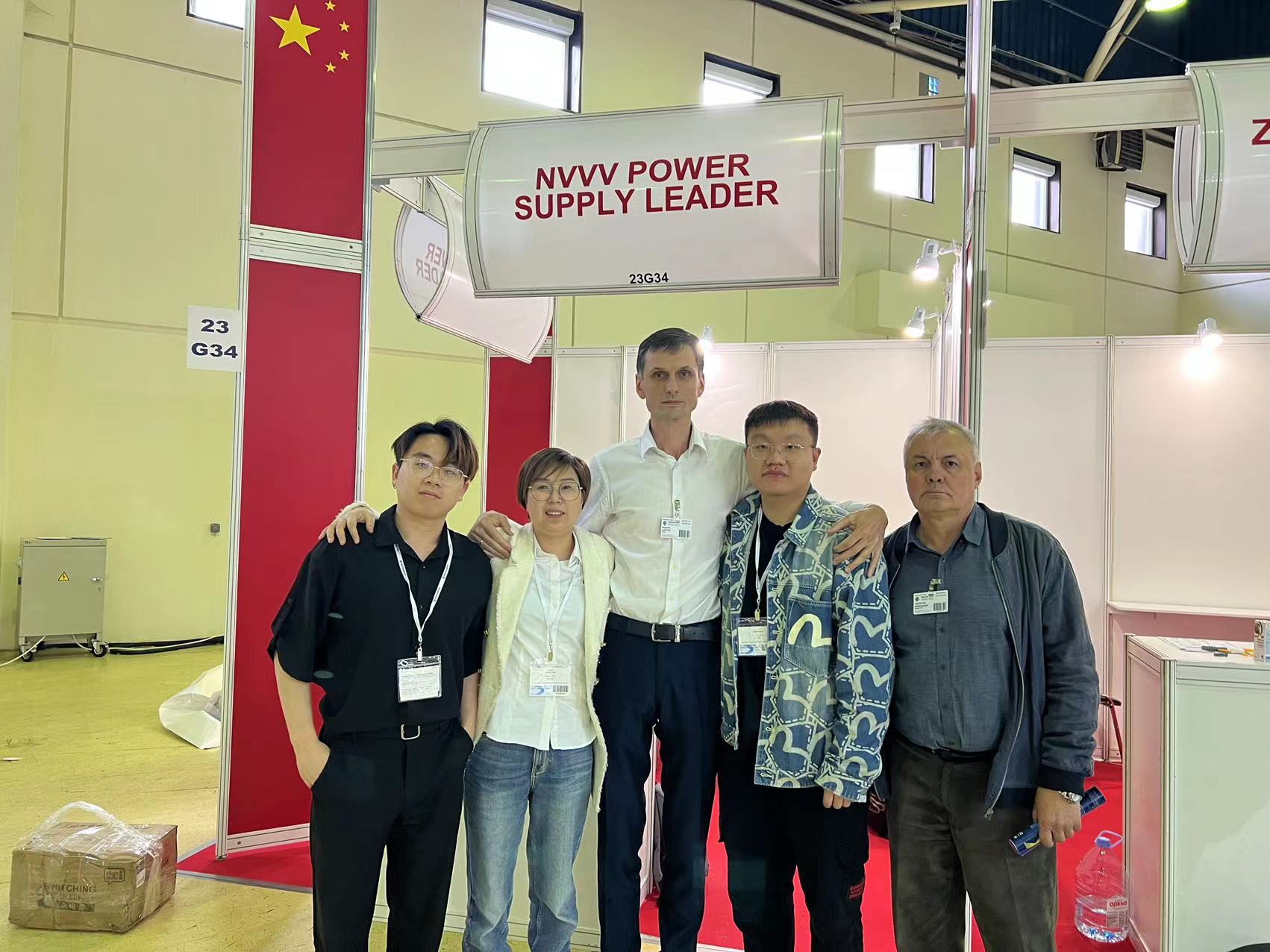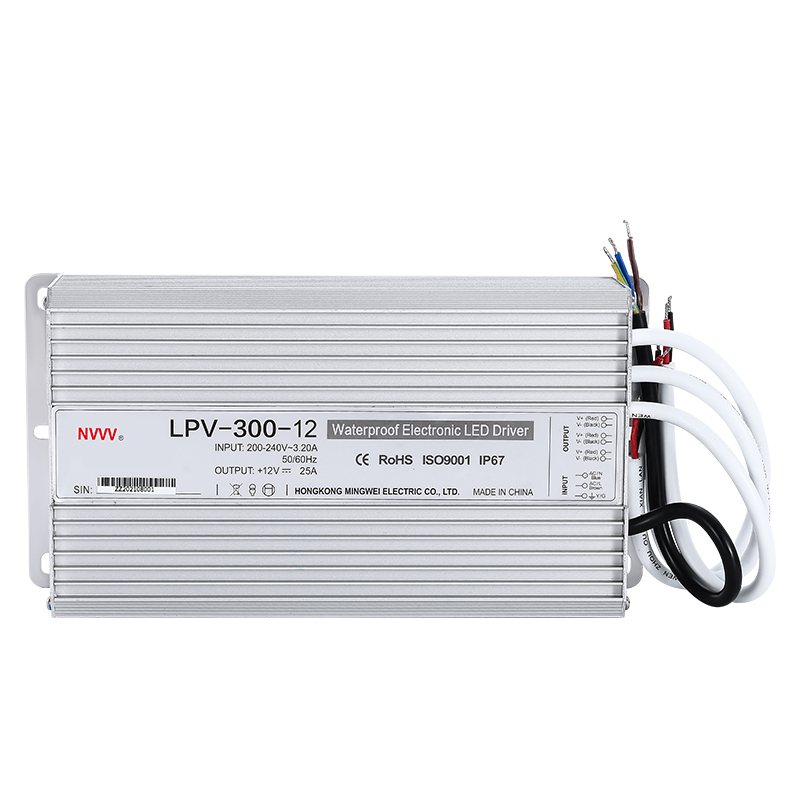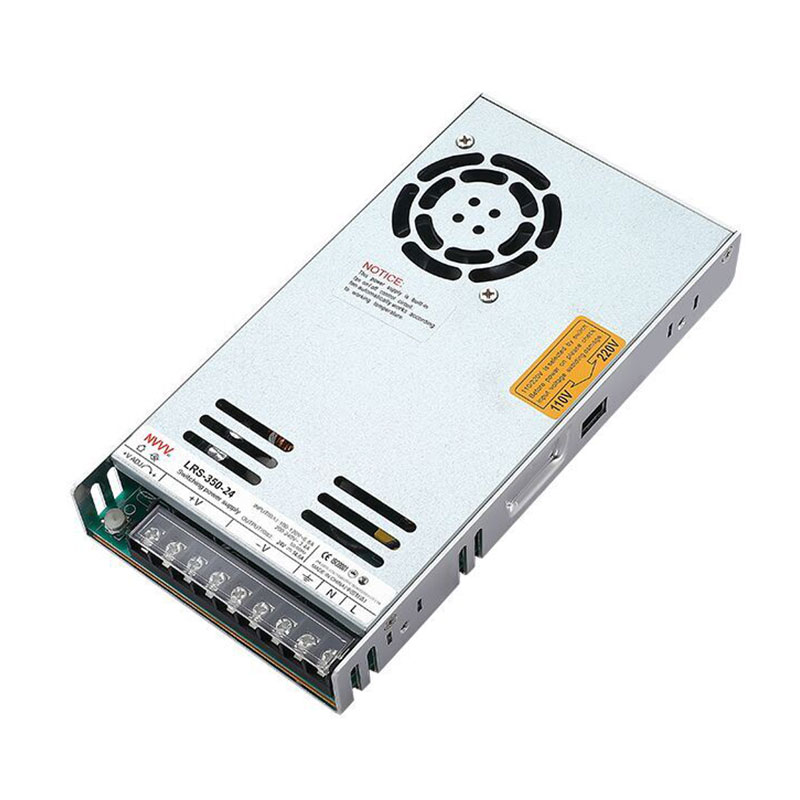Why Is a Switching Mode Power Supply the Smarter Choice for Modern Industrial Systems?
In today’s highly automated world, the demand for reliable, efficient, and compact power solutions has grown exponentially. A Switching Mode Power Supply (SMPS) has become the backbone of many electrical systems, especially those in industrial and commercial settings. But what exactly makes SMPS so valuable, and how does it differ from other power supply options?
In this article, we’ll break down everything businesses need to know—from core working principles to practical benefits—while using a question-based format that aligns with what American industrial buyers and engineers are actually searching for.
Table of Contents
-
Why Do So Many Modern Systems Depend on SMPS Over Linear Power Supplies?
-
How Does an SMPS Improve System Efficiency and Operational Uptime?
-
When Should You Choose a Specific Type of SMPS for Your Application?
-
What Are the Long-Term Reliability and Maintenance Benefits of Using SMPS?
What Is a Switching Mode Power Supply and How Does It Work?
A Switching Power Supply (SMPS) is an advanced electronic power conversion device that delivers regulated output by rapidly switching on and off using high-speed transistors. This high-frequency switching—often in the range of tens to hundreds of kilohertz—significantly enhances efficiency compared to traditional power supplies. The core idea behind SMPS is to transfer energy in small pulses rather than continuously dissipating excess energy as heat, as seen in linear power supplies.
Core Operating Principles
The process begins with the rectification of incoming AC to DC, followed by high-frequency switching using MOSFETs or IGBTs. This pulsed power is passed through a compact transformer, allowing voltage to be stepped up or down efficiently. The output is then filtered using inductors and capacitors to produce a clean, stable DC voltage.
Because the transformer operates at a high frequency, it can be physically smaller and lighter, making SMPS more compact and portable. This also results in less energy waste and less heat generation, allowing engineers to design slimmer, more thermally stable systems without bulky heat sinks. These advantages have made SMPS the go-to choice for everything from LED drivers to complex industrial control systems.
Why Do So Many Modern Systems Depend on SMPS Over Linear Power Supplies?
The shift toward Switched Mode Power Supplies (SMPS) is more than just a trend—it's driven by real, measurable improvements in system performance and efficiency. Traditional linear power supplies work by dissipating excess voltage as heat, making them inherently inefficient, especially in high-power applications. In contrast, SMPS adjusts power delivery through high-speed switching, resulting in significant energy savings.
Another key factor is space optimization. Linear supplies require large transformers and heat sinks, which limit their use in compact or modular designs. SMPS, with their smaller form factor and high power density, allow engineers to build more scalable, efficient systems. This is especially critical in industries like automation, telecommunications, and transportation, where space and thermal constraints are constant challenges.
Moreover, SMPS can handle a wide range of input voltages—often 85 to 264 VAC—making them ideal for global applications without needing manual voltage switching. Add to that built-in safety features and better adaptability to load fluctuations, and it’s clear why SMPS has become the default solution for modern power needs.
How Does an SMPS Improve System Efficiency and Operational Uptime?
System designers are always under pressure to deliver reliable power with minimal downtime. This is where SMPS truly excels. Thanks to their high efficiency—often between 85% and 95%—Switching Mode Power Supplies drastically reduce the amount of wasted energy. Less energy loss means lower operating temperatures, which in turn increases the lifespan of both the power supply and the connected devices.
Beyond efficiency, SMPS units respond rapidly to dynamic load changes. Their built-in feedback mechanisms allow them to adjust output in milliseconds, ensuring stable voltage delivery even when the system demand fluctuates. This stability is critical in sensitive applications like PLC systems, motor drives, or sensor networks, where voltage dips or spikes can lead to faults or safety triggers.
Additionally, because SMPS generates less heat, it reduces the burden on cooling systems, helping facilities lower their HVAC energy consumption and extend equipment life. Some operations have reported a 15–20% improvement in uptime simply by switching to modern SMPS designs. This kind of performance gain translates into real operational savings and fewer production interruptions.
When Should You Choose a Specific Type of SMPS for Your Application?
Choosing the right Switch Mode Power Supply isn’t just a matter of picking voltage and wattage. Each application comes with its own set of environmental and operational demands, and selecting an inappropriate SMPS can lead to system inefficiencies or even equipment failure. That’s why a clear understanding of system requirements is crucial before making a purchase decision.
For instance, if your application involves sensitive electronics like sensors or embedded controllers, low-ripple output and tight voltage regulation are essential. On the other hand, high-power applications such as motors or solenoids may benefit from current-limited outputs and robust thermal design. Some systems require galvanic isolation to ensure user safety and prevent ground loop issues—this is especially common in medical and communication equipment.
Environmental conditions also play a key role. Will the SMPS be installed in a dusty control cabinet, exposed to high humidity, or subject to vibration? If so, you’ll need ruggedized or conformal-coated power supplies. Also, many systems now demand compliance with international standards like CE or RoHS, which not all generic models offer.
By carefully assessing these needs—input conditions, output expectations, space constraints, and compliance requirements—you can ensure that the SMPS you choose will deliver both performance and peace of mind.
What Are the Long-Term Reliability and Maintenance Benefits of Using SMPS?
When it comes to industrial or commercial systems, long-term reliability isn’t a luxury—it’s a requirement. Switching Mode Power Supplies (SMPS) offer several built-in advantages that make them more durable and easier to maintain over time compared to older technologies.
For starters, most high-quality SMPS units include comprehensive protection features, such as overvoltage, overcurrent, short-circuit, and thermal shutdown. These protections help prevent cascading failures that could damage connected equipment or shut down entire systems. In many cases, SMPS can self-recover after a fault is cleared, reducing the need for manual intervention.
Another significant advantage is their lower thermal stress. Because they operate more efficiently, SMPS units generate less heat—one of the leading causes of electronic component failure. Cooler operating temperatures not only extend the life of the power supply itself but also reduce the wear and tear on nearby components in densely packed enclosures.
The mean time between failures (MTBF) for industrial-grade SMPS can easily exceed 100,000 hours, depending on the model and conditions. For mission-critical applications, this translates into fewer replacements, lower maintenance costs, and increased system uptime. Some operations have seen a drop in service calls and emergency shutdowns after switching to SMPS, allowing technical teams to focus on proactive improvements rather than reactive fixes.
Why NVVV Is a Trusted Name in SMPS Technology
With decades of experience in power electronics, NVVV has built a reputation for delivering reliable, efficient, and robust SMPS solutions across a wide range of applications.
NVVV SMPS Advantages
Wide Product Range: From 5W compact models to 1000W industrial units.
High Efficiency: 88–95% rated across most models.
Built-In Protections: Every model includes essential safety features.
Flexible Mounting Options: Enclosed, open-frame, and DIN rail units available.
Global Compliance: Meets CE, UL, RoHS, and other international standards.
Application Areas
NVVV SMPS are widely used in:
Industrial automation
Communication systems
Smart agriculture
Elevator control panels
Fire safety systems
Electric vehicle chargers
Whether you're upgrading existing systems or designing new ones, NVVV provides the backbone power solutions that keep operations running smoothly.
Final Thoughts: Is an SMPS Worth the Investment?
Absolutely. When viewed holistically—accounting for efficiency, size, flexibility, and lifecycle savings—a Switching Mode Power Supply isn’t just a modern convenience, it’s a strategic advantage. For engineers, system designers, and project leads looking to future-proof their power infrastructure, SMPS is the smart choice.
And when quality and reliability matter most, NVVV is a partner you can trust.










